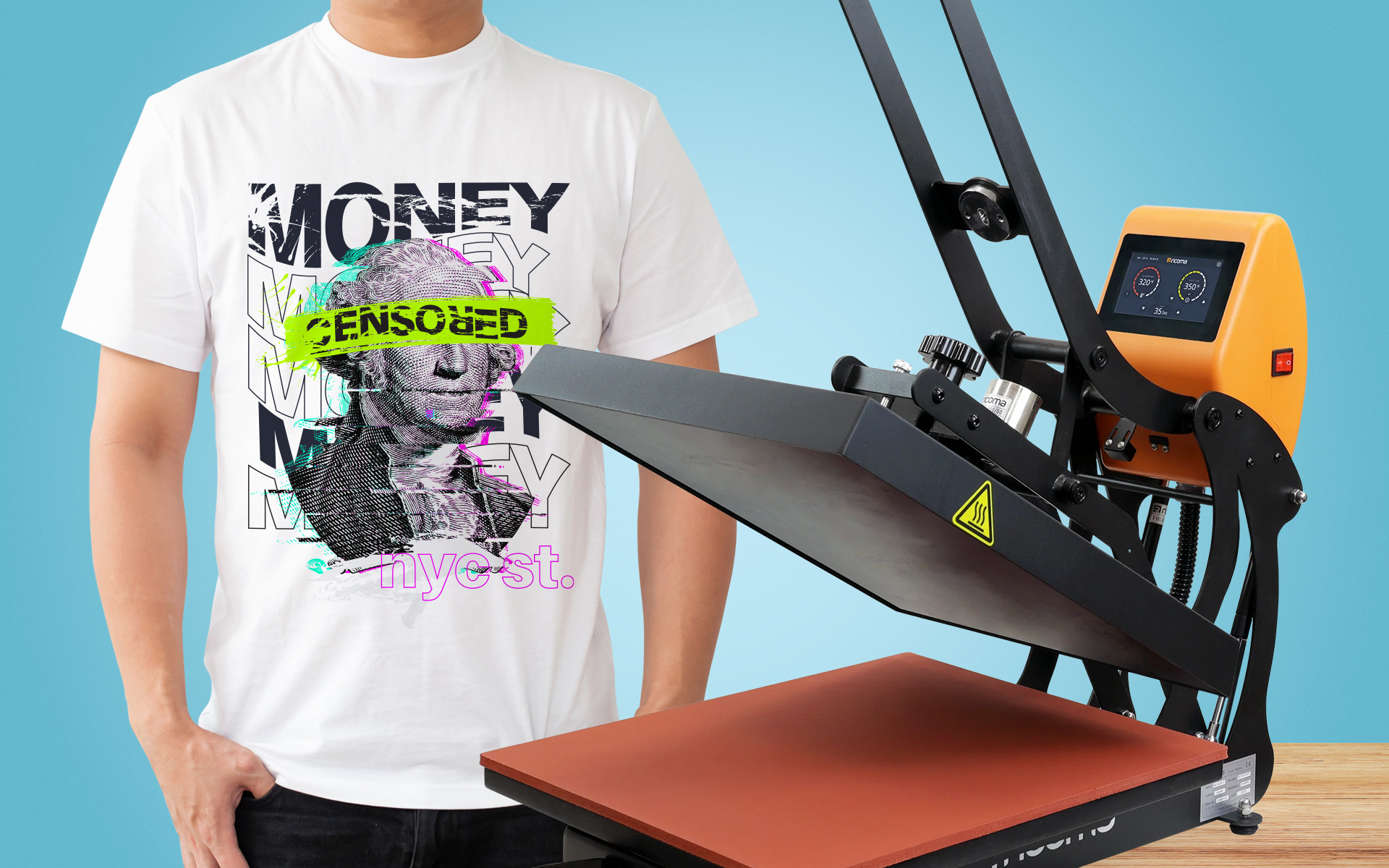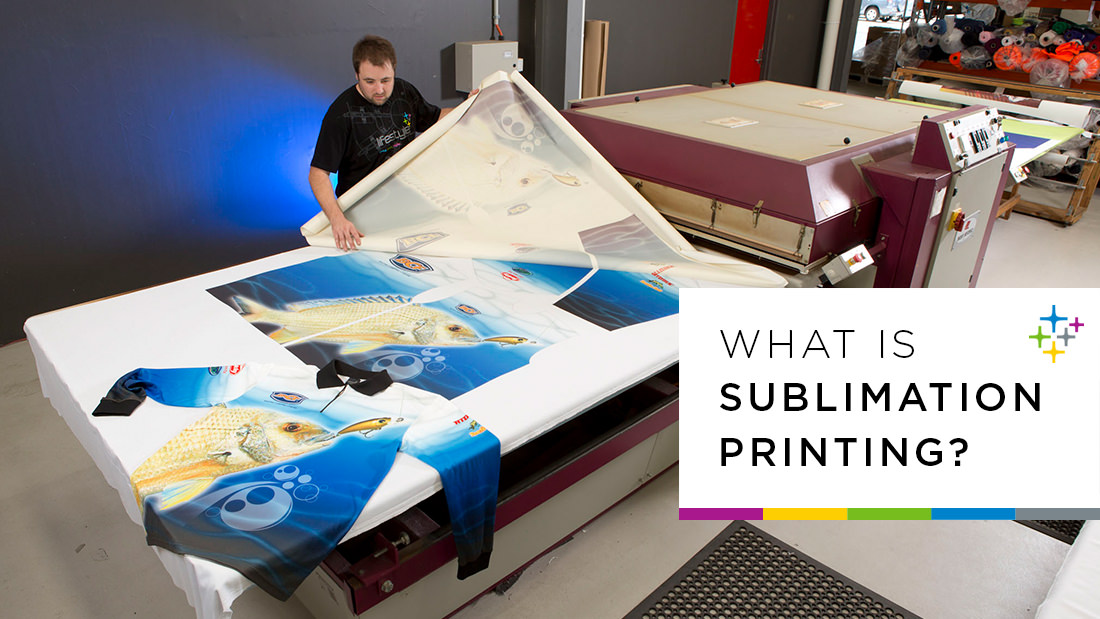Raise Your Designs with DTF Printing: A Comprehensive Overview
Raise Your Designs with DTF Printing: A Comprehensive Overview
Blog Article
A Comprehensive Overview to the Various Kinds Of Towel Printing Strategies
Each approach, from the thorough craftsmanship of block printing to the rapid efficiency of screen printing, serves unique purposes and provides unique benefits. Digital printing's versatility and environmental consciousness stand in plain comparison to the quick personalization of heat transfer printing.
Block Printing
Block Printing, one of the oldest methods of fabric decoration, has a rich background that dates back to ancient worlds. The process involves sculpting complex layouts into wooden blocks, which are then dipped in color and pushed onto material to create patterns.
The precision and craftsmanship entailed in block printing make it a labor-intensive procedure, but it additionally permits for a high level of customization. Artisans can create special patterns by incorporating various blocks or varying the application of dye. This flexibility has added to the long-lasting appeal of block printing in both contemporary and typical textile style.
Block printing is especially valued for its visual high qualities, consisting of the mild variations in pattern and color that arise from the hand-printing process. These flaws lend an unique character per piece, identifying it from mass-produced materials. Despite developments in modern printing innovations, obstruct printing stays a valued technique, commemorated for its historic importance and imaginative value.
Screen Printing
Display printing, another popular fabric decoration method, has actually revolutionized the market with its performance and flexibility. This technique entails creating a stencil, called a display, and using it to apply layers of ink on the printing surface area. Each shade in the design calls for a different screen, which permits detailed and dynamic multi-colored prints.

One of the crucial benefits of display printing is its flexibility to various sorts of materials, consisting of cotton, polyester, and blends. This method is especially ideal for large-volume orders as a result of its cost-effectiveness and speed. The longevity of the prints is an additional significant benefit, as the ink bonds well with the fabric, guaranteeing lasting layouts that hold up against numerous cleans.
Once dried out, the style is moved onto the emulsion-coated display utilizing a UV light resource. Ink is after that pressed with the stencil onto the fabric using a squeegee.
Screen printing is widely utilized in the style sector, promotional products, and customized garments. Its capacity for top notch, in-depth prints protects its condition as a foundation method in textile printing.
Digital Printing
Digital printing has swiftly become a sophisticated strategy in the textile sector, leveraging sophisticated technology to produce high-resolution layouts directly onto textile. Unlike typical methods, electronic printing utilizes inkjet printers to deposit pigment or dye-based inks onto fabrics, allowing vivid and intricate patterns with an amazing level of detail and color precision.
One of the key benefits of digital printing is its adaptability. This technique enables on-demand printing, which substantially minimizes waste and decreases inventory prices. Furthermore, it supports short runs and personalized designs, making it excellent for bespoke jobs and limited-edition collections. The elimination of displays and various other setup demands further enhances effectiveness, lowering production time and labor expenses.
Furthermore, electronic printing is eco-friendly. DTF printing. It utilizes water-based inks and needs much less water and energy contrasted to conventional methods, lining up with lasting practices. The accuracy of electronic printing likewise allows the usage of a wider series of materials, including cotton, silk, polyester, and blends, guaranteeing versatility throughout different applications
Heat Transfer Printing
Exactly how does warmth transfer printing revolutionize fabric style? This technique has brought significant advancements by enabling vivid and complex layouts to be moved onto a variety of fabrics with remarkable precision. Heat transfer printing includes using warmth and pressure to transfer a design from a specifically formulated index paper onto material. This process starts with printing the desired photo onto transfer paper utilizing specialized inks. Once the picture is published, the paper is placed onto the textile and subjected to a warm press, which moves the ink from the paper to the material.
One of the main benefits of warm transfer printing is its capability to create top notch, thorough pictures promptly and effectively. It is specifically fit for little production runs and custom orders, making it a prominent choice for personalized clothing and advertising things. Additionally, this technique is versatile, fitting various kinds of materials including cotton, polyester, and blends.
Furthermore, warm transfer printing is reasonably affordable contrasted to various other methods, as it needs marginal setup and reduced first financial investment - heat transfer vinyl printing. This cost, paired with its capacity for generating vibrant, durable prints, underscores its essential role in contemporary material style

Dye Sublimation Printing
Dye sublimation printing, an innovative textile printing method, uses unparalleled vibrancy and long life for designs on various artificial fabrics. This method involves converting solid color into a gas without travelling through a liquid state, allowing the dye to penetrate the material seamlessly. The procedure starts with printing the design onto a special transfer paper using sublimation inks. The printed transfer paper is then positioned on the fabric, and both undergo high warm and stress utilizing a warm press. The warmth causes the color to sublimate and bond with the material fibers, developing an irreversible, high-resolution print that withstands fading and fracturing.
One of the vital advantages of dye sublimation printing is its capacity to create continuous-tone prints with lively colors and elaborate information. Unlike other printing techniques, the dye becomes component of the material rather than sitting on top of it, resulting in a breathable and soft coating.
Final Thought
In recap, cloth printing methods each deal distinct benefits customized to numerous needs and applications. Block printing is prized for its artisanal top quality, while screen printing is beneficial for high-volume production. Digital printing gives flexibility and environmental benefits, whereas warmth transfer printing is perfect for rapid modification. Color sublimation printing produces vibrant, long lasting styles on artificial materials. The diversity and development within these techniques highlight the dynamic and progressing nature of the cloth printing market.
Each technique, from the precise craftsmanship of block printing to over here the rapid efficiency of display printing, offers unique purposes and provides distinct benefits. Digital printing's flexibility and environmental consciousness stand in plain comparison to the quick modification of warm transfer printing. In spite of advances in modern printing innovations, block printing continues to be a valued method, celebrated for its historic relevance and creative value.
Dye sublimation printing, More Help an advanced fabric printing strategy, supplies unmatched vibrancy and durability for layouts on various synthetic fabrics. Digital printing gives convenience and ecological advantages, whereas heat transfer printing is perfect for fast modification.
Report this page